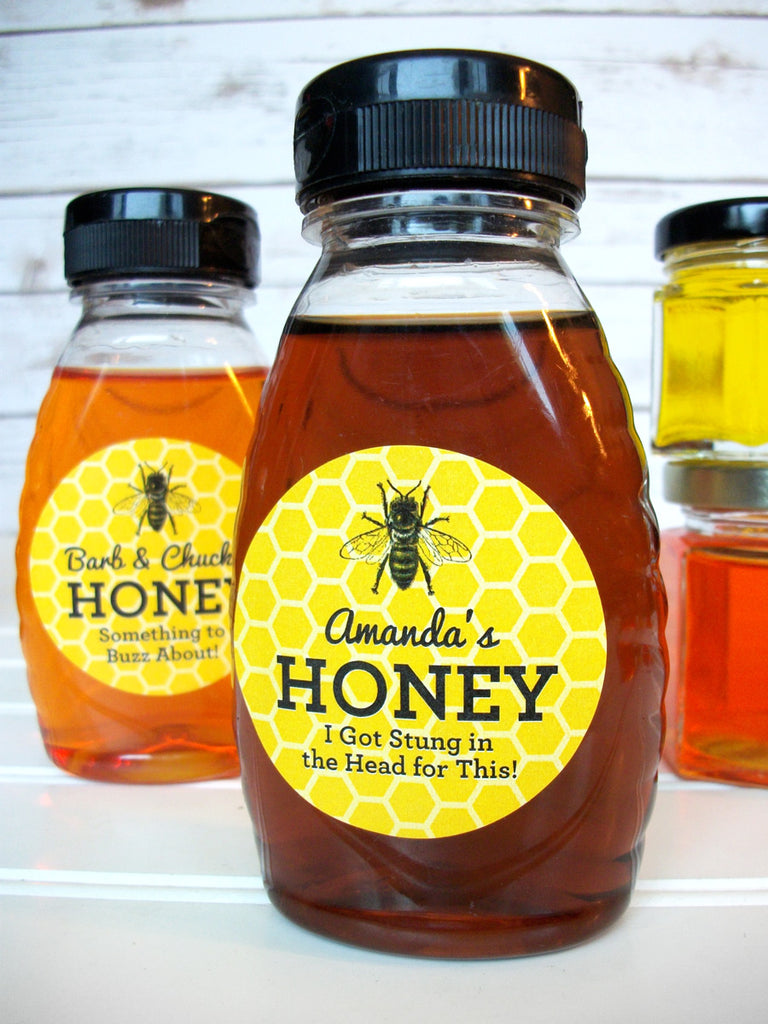Robbing the Bees: A Biography of Honey
01. October 2016"The Sweet Liquid Gold that Seduced the World"

Last year I had the wonderful honor of serving on jury duty! Wonderful, you say? YES! I had such a blast that I wrote all about my jury duty experience on our art blog. After my 2 week stay, I started referring to the time as my "jury duty vacation." If you have some preconceived notions on jury duty, please read my blog post to have them dispelled!
While on jury duty, I read a wonderful book by Holly Bishop called "Robbing the Bees: A Biography of Honey--The Sweet Liquid Gold that Seduced the World."

This book had been on my reading list for some time. It's the type of book that can be read multiple times too. The book is a narrative of the author's experiences in beekeeping. She also speaks with another commercial beekeeper about his business. There's plenty covered on the history of honey and beekeeping throughout the ages. It has so many fascinating bits of information, so I'm sharing a few things that I found to be the most riveting.
- 99% of the average beehive is female. Male bees are pretty useless except for mating. They can't fly well, gather food, sting, or take care of the young bees. They're freeloaders who gorge themselves on honey all day long. Therefore, they're not needed after the queen is fertilized. Those that don't mate with the queen bee get forced out of the hive. They then die within a few days (their wings are often bitten off and food is usually withheld). Those that do mate with the queen die soon thereafter too as their male "part" gets broken off in the queen.
- The queen mates once and produces thousands of eggs a day for a lifetime. She has a built in "sperm" bank sac that gets filled on the day she mates. A properly fertilized queen can decide if she wants to lay male or female eggs.
- Each bee contributes a twelfth of a teaspoon of honey. The colony can collectively fly 55,000 miles and visit more than 2,000 flowers to produce 1 pound of honey.
- Honey has been used in many cultures as part of marriage ceremonies, funerals, and other traditions. In Ethiopia, a prospective husband is chosen by how much honey he can offer the bride.
- Bee venom used to be extracted by putting bees in jars and shaking them. Nowadays an electrified plate is put at a hive entrance to mildly shock a bee so it excretes a drop of venom. The venom is then collected for use in medical creams to treat multiple sclerosis, arthritis, lupus, and chronic fatigue syndrome.
- Pollen is loaded with protein calcium, vitamins A & C, potassium, thiamin, riboflavin, and niacin. One pound of pollen has 100g of protein, the same as a sirloin steak. While you shouldn't eat a pound of pollen all at once, it's great to sprinkle on cereal, smoothies, and salads. I also put our favorite local beekeeper's pollen on ice cream to make it seem "healthier", heehee.
- Beehives were often used as hiding places for valuables. After all, what thief would willingly put his hand into a hive?
Bees as weapons of war
- Beehives were often used as weapons in war. They were thrown at enemies or put into tunnels along with other wild animals by Roman generals. During naval battles, Romans constructed catapults to hurl the beehives onto enemy ships. This act would often cause sailors to jump overboard.
- Some plants produce powerful toxins. Thus honey made from those plants are also toxic. It can cause delirium, vomiting, dizziness, etc. Fighters would slip this "crazing honey" to their enemies leaving them dazed or unconscious.
- The use of bees faded once modern weapons were created. Most recently, they were used in the Vietnam War. Guerilla fighters detailed how they "trained" bees to attack American troops. The fighters studied the beehives. They realized that if one of the four sentry bees was attacked, it would send an alert to the whole beehive to attack. So beehives were "booby trapped" with string. Once tripped, bees would attack American troops causing them to retreat.
- The American military has been testing bees to use them on the war on drugs. Bees have great smell and can zone in on drugs and weapons. In about 2 hours, a hive can be conditioned to reject flowers (they are rewarded with sugar). So the thought is that they could reject poppies. A world without heroin would be great, right? Bees can also detect explosive chemicals 99% of the time which is better than dogs (and also cheaper).
Shop all of our custom honey labels for backyard beekeepers!












